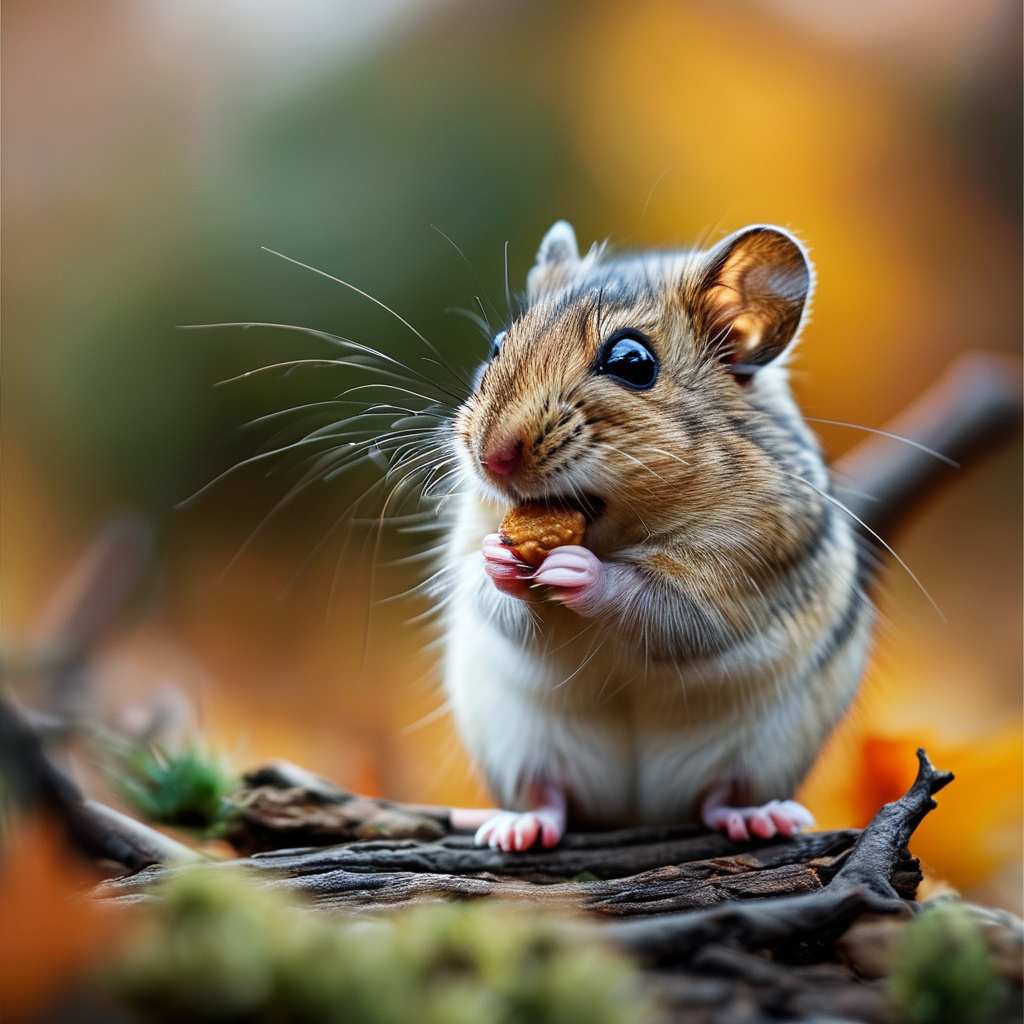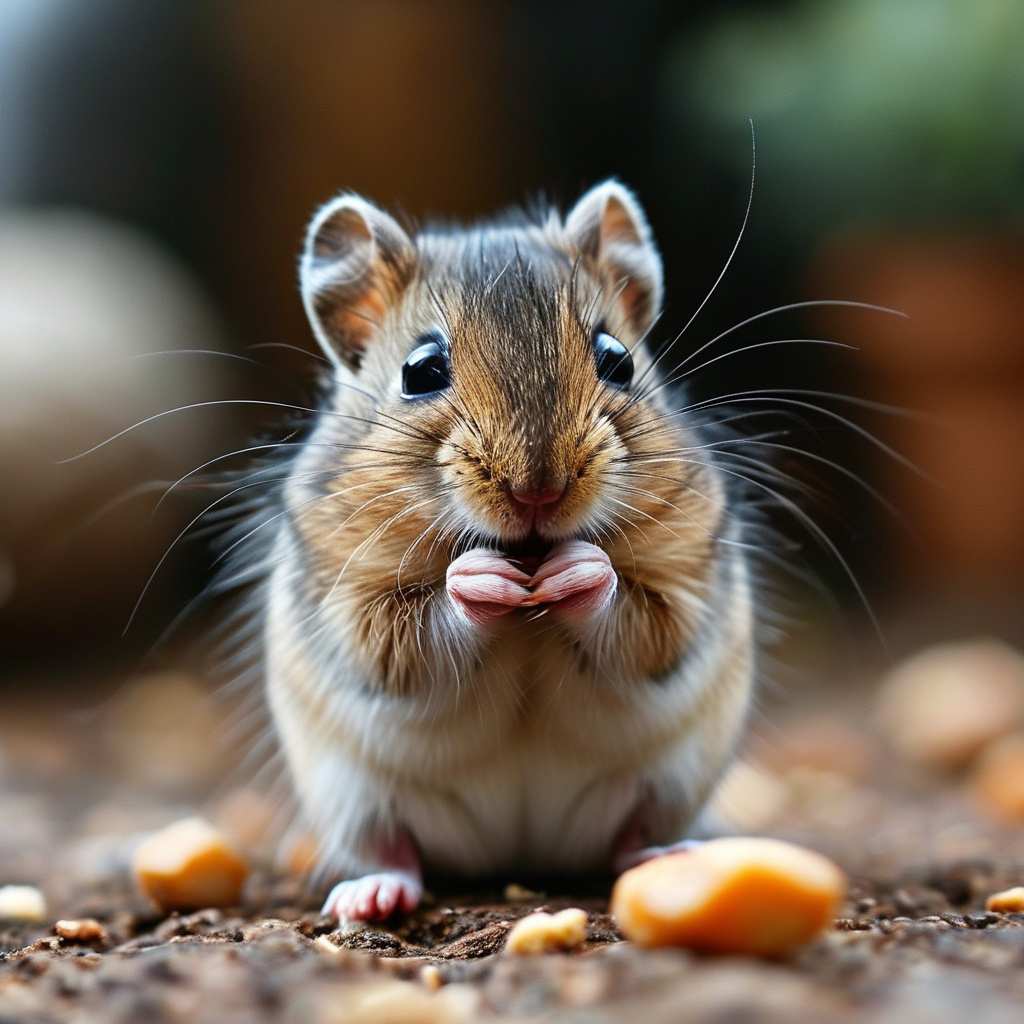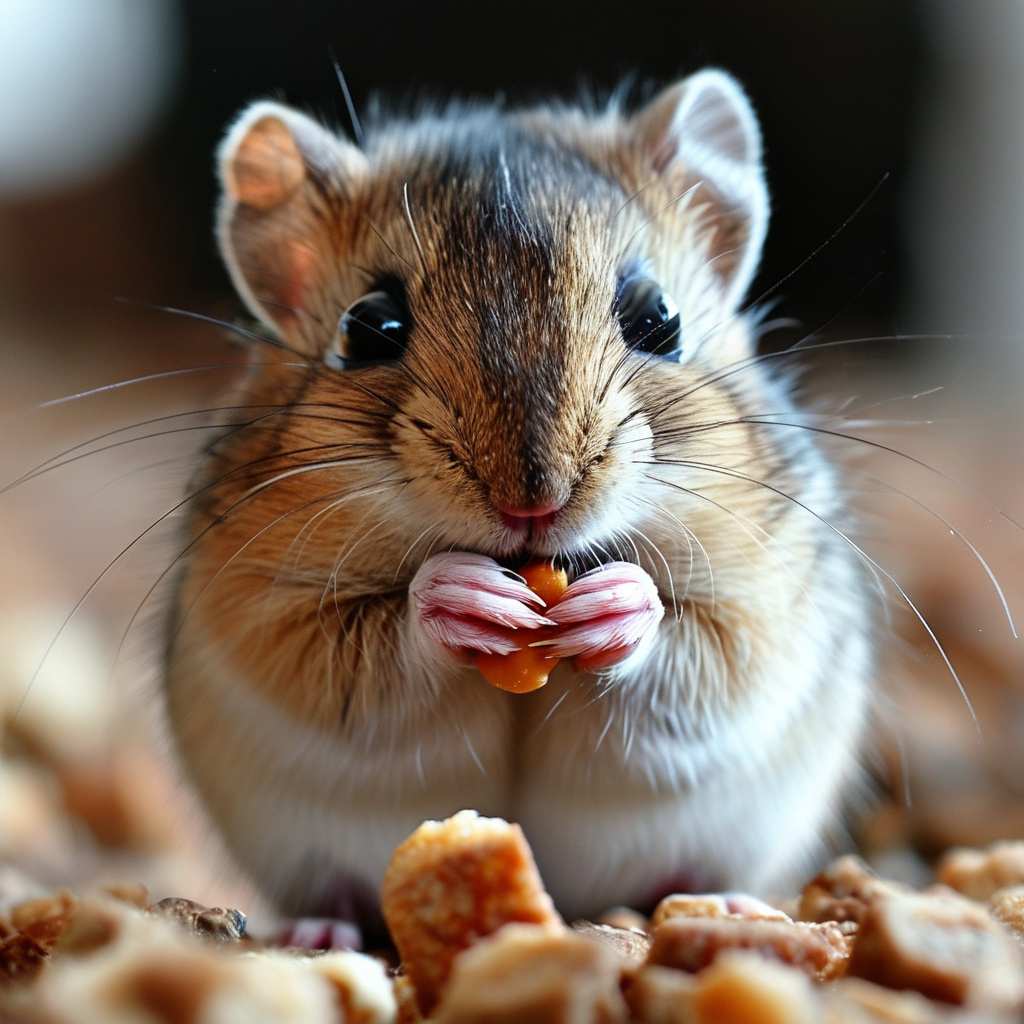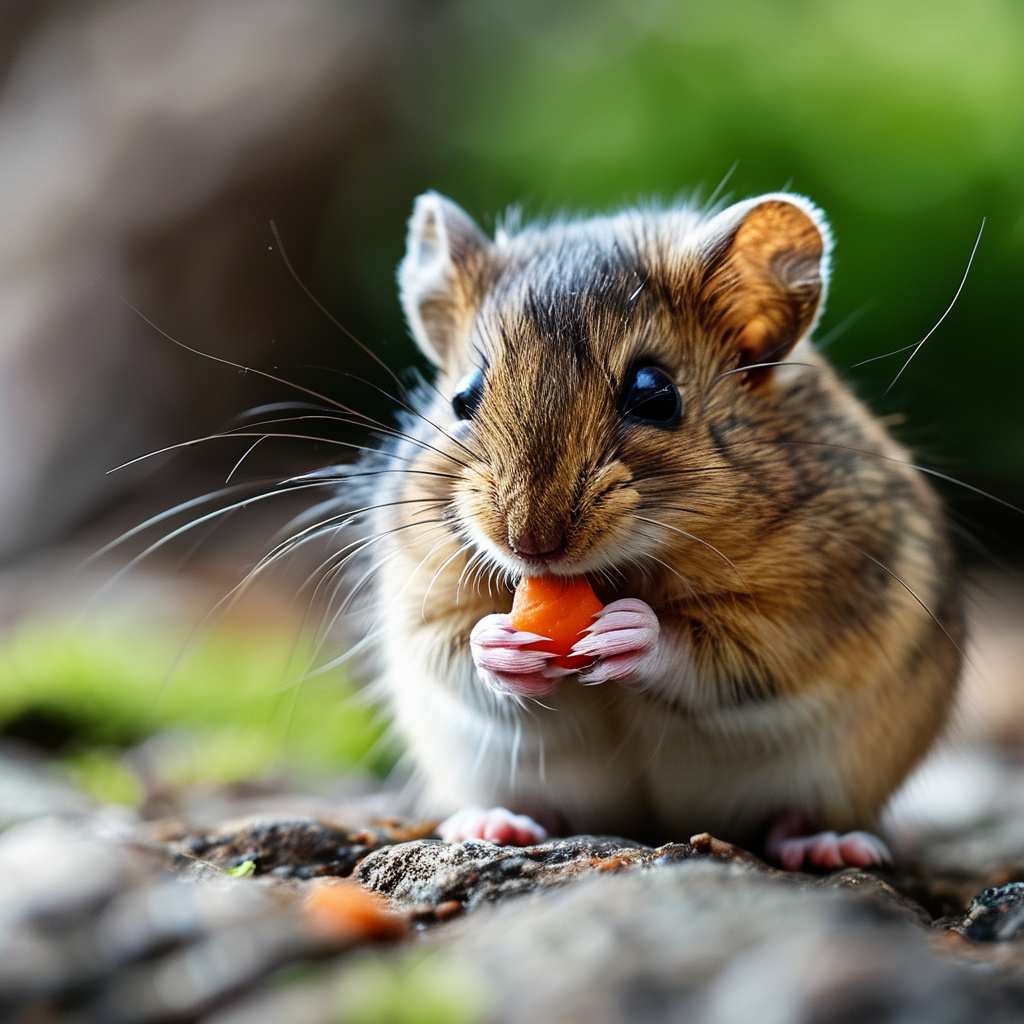 Introduction:
Introduction:
Hamsters are a popular choice for first-time pet owners due to their small size and playful nature, but setting up the perfect home for them requires careful consideration. Many people make the mistake of purchasing cages that are too small or unsuitable accessories that don’t meet a hamster’s needs. A happy hamster thrives in a spacious, safe environment where it can dig, play, and rest comfortably. This guide offers helpful tips on choosing the right cage, ensuring proper ventilation, selecting safe accessories, and creating the ideal habitat for your furry friend.
Hamsters are one of the most popular pets, and for many of us, they were our first pets. But even though they’re so popular, a lot of people make mistakes when they buy a small rodent set. It’s not uncommon for the cage to be too small, the floor to be poorly chosen, and the accessories to be unsuitable for playing. Today, we’ll go over some tips on how to keep your hamster’s home happy and healthy. We’ll make sure the animal is happy and safe.
Related Post: The Loyal and Lively West Highland White Terrier: A Playful Companion with a Strong Personality
What are the key things to look for when choosing a cage?
A lot of people think that because the animal is small, the cage doesn’t need to be that big. Absolutely not.
The cage floor should be at least 60×40 cm for dwarf and Chinese hamsters and 80×40 cm for Syrian hamsters. However, the minimum dimensions may be far too small, so it’s important to observe your rodent and adjust the cage to its needs.

The most common types of cages are metal and plastic. However, an aquarium isn’t a great idea. The air circulation in an aquarium is much worse than in the other two options, and a hamster can’t climb on it. They’ll also hear sounds from the rest of the house much worse. We wouldn’t want to observe the world through a glass pane, either. Let’s not do it with a hamster.
We suggest you choose the largest cage you can and make sure it’s a happy home for your hamster, not a prison. The cage should be roomy but not too tall. Hamsters aren’t big on heights, though they sometimes like to climb a little.
On the topic of height, did you know that the first hamster family was found about 2.5 meters underground?
That’s why they love burying themselves in the sawdust—and we should let them do it.
Just a heads-up: Hamsters can get lonely at home, so it’s best to have one cage per hamster.
What kind of spacing should we maintain?
The spacing between the bars should be maintained as follows, depending on the breed of hamster:
– Robrovski hamster: 0.5 cm to 0.6 cm
– Dzungarian hamster: One centimetre is the recommended spacing for a Campbell hamster cage. One centimetre is the recommended spacing for Chinese hamsters. 1 cm to 1.1 cm
– Syrian hamster: 1 cm – 1.1 cm
As a general rule of thumb, if a hamster can fit its head through the bars, then the rest of its body will follow.
Related Post: The Energetic and Stubborn Yorkshire Terrier: A Complete Guide
 What should be in the cage?
What should be in the cage?
To keep our pets happy and healthy, we need to think about what to include in the cage.
Next, you’ll want to add bedding to the floor of the cage. Hamsters love to dig and tunnel, so you’ll want to make sure there’s about 10-15 cm of bedding there.
Then, you’ll need a water bowl. It should be at least 50ml, and you’ll want to change the water daily. Just a heads-up: Don’t give the hamster mineral water. It can damage its kidneys. We recommend spring water or boiled water (and it should be cooled).
Use a clay or porcelain feeder with good food (plastic is not recommended because the hamster may start to bite it).
Use a wooden house without a bottom. It’s good to have a toilet in the corner of the cage so the hamster can soak up the urine in the sawdust. This way, the animal won’t be exposed to ammonia fumes.
A sandbox is also a great addition to the cage. Hamsters are great at cleaning themselves in the sandbox. Pets often use it as a toilet, and the clumped sand is much easier to remove. It’s important to choose sand for rodents, not birds or reptiles (it’s too sharp), and without dust, as it irritates the hamster’s respiratory tract.
-A plastic roller without rungs and a “scissor effect” is best. The recommended diameter for the Syrian hamster is 27 cm or more, and over 20 cm for the dwarf hamster and Chinese hamster. The roller shouldn’t be too small, either. The hamster needs enough space to keep its spine from bending into an arc when it’s running.
You can use fruit tree branches for playing and cleaning teeth, but avoid coniferous branches and other fragrant trees in the cage. Just a heads-up: the resin is toxic, so it’s probably best to avoid it.
When it comes to toys, it’s worth buying wooden, cork or cardboard ones in the sizes recommended by the manufacturers for a hamster. Plastic toys are a bit more dangerous. A hamster can bite off a piece of a toy, which could cause injury to its delicate muzzle or gullet. You should definitely get the following toys:
– tunnel
– hammock
– climbing wall
– bridges and platforms
 What kind of bedding should we get?
What kind of bedding should we get?
As it turns out, the choice of bedding material isn’t as straightforward as you might think.
You can cover the floor with coarsely cut sawdust, but avoid coniferous sawdust (conifers may contain resinous substances that are harmful to hamsters). The bedding should be coarsely cut because the finer bedding can cause suffocation. It can also create a lot of dust and contain substances that are harmful to the animal. Just a heads-up: Sawdust from outside can cause protozoal infections, so it’s not suitable for use as bedding.
Related Post: The Golden Retriever: A Loyal Companion with a Rich History and Unique Traits
You can also choose bedding made from dried corn, hemp shavings, or cotton. The height of the bedding should depend on the size of our hamster, but as a general rule, it should be deep enough for the hamster to bury itself in it without any difficulty. After all, hamsters are naturally tunnelling animals, and your little rodent really needs this opportunity.
I’d also like to mention hamster rollers. It’s good for a hamster to be able to run around a lot, in and out of the cage. It’s important to get the right wheel for your hamster. What should you look for?
The wheel shouldn’t have a scissor effect, meaning there shouldn’t be a rod that cuts through the wheel.
If a hamster tries to get out of a fast-moving wheel, it can get stuck, and the rod can act like a guillotine. In the worst case, the hamster could even be killed. Otherwise, it could suffer serious injuries, such as broken paws or claws.
Where should we put the cage?
Let’s think about where to put the cage. Ideally, we’re looking for a quiet, peaceful, and shady spot, but not too shady. Let’s put the cage in a room at room temperature, which is the best temperature for a hamster—around 22 to 25 degrees.
Try to avoid drafts and sunny, warm places. It’s probably best not to put the cage near a radiator or a window that opens frequently.
Related Post: The Power of Cuddling: Building Bonds Between Humans and Animals
Conclusion:
Providing your hamster with a safe, comfortable, and engaging home is essential for its health and happiness. From selecting the right cage size to ensuring proper ventilation, bedding, and accessories, it’s important to prioritize your pet’s well-being. By following the advice shared in this guide, you’ll not only create a happy environment for your hamster but also foster a deeper connection with your furry companion. Remember, a well-cared-for hamster is a content and active one, ensuring they thrive in their new home.
FAQs:
- What size cage is best for a hamster?
For dwarf and Chinese hamsters, a cage floor of at least 60×40 cm is recommended, while Syrian hamsters need a minimum of 80×40 cm. However, bigger is always better to ensure enough space for movement and play. - What type of bedding should I use in my hamster’s cage?
Coarse sawdust, dried corn, hemp shavings, or cotton are good bedding options. Avoid fine bedding or coniferous sawdust, as these can cause respiratory problems or harm the hamster. - What kind of accessories should be inside the cage?
Include items like a water bowl, feeder, sandbox, tunnels, and safe toys made of wood, cork, or cardboard. Avoid plastic toys, as hamsters may chew them and risk injury. - Where should I place my hamster’s cage?
The cage should be in a quiet, draft-free room with a temperature between 22-25°C. Avoid placing it near direct sunlight, windows, or radiators. - How often should I change the water in my hamster’s cage?
Water should be changed daily, using spring or boiled and cooled water. Avoid giving your hamster mineral water as it can harm their kidneys.